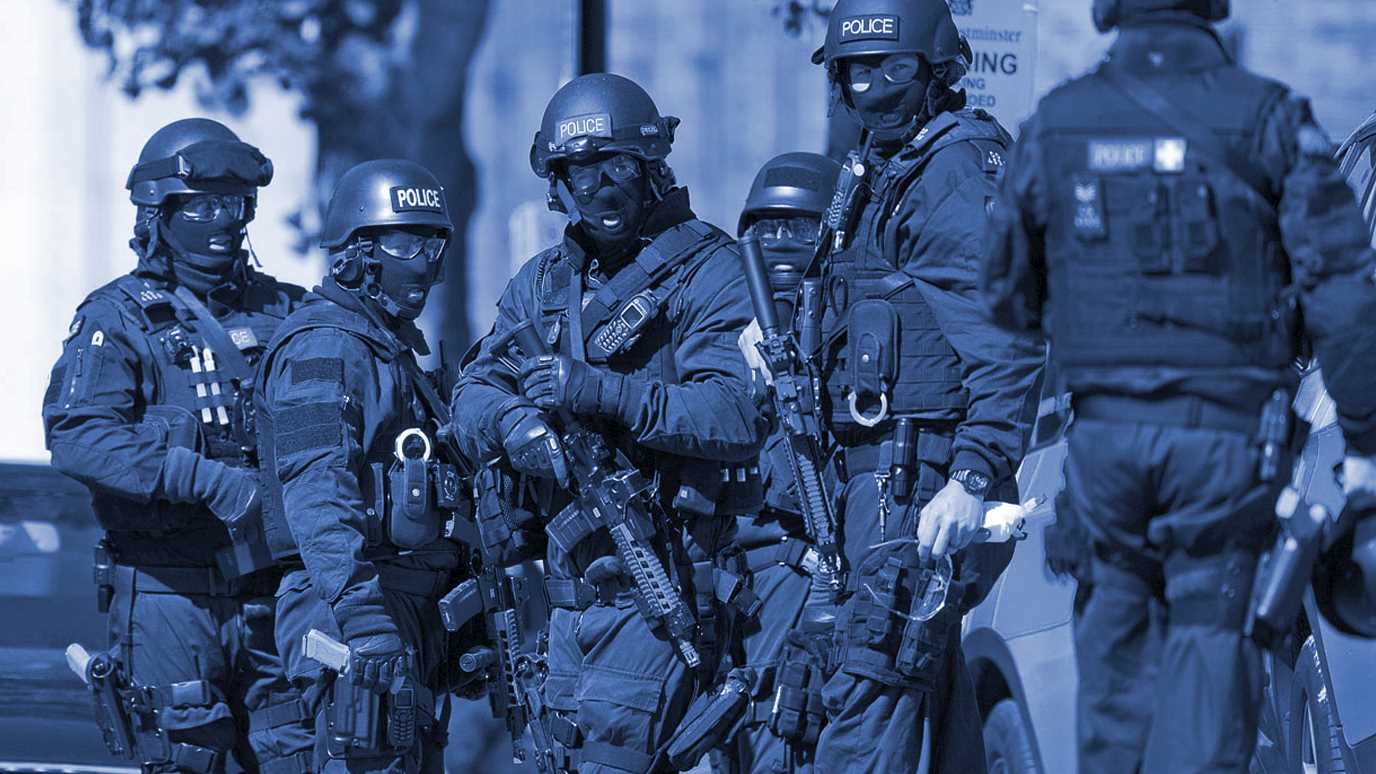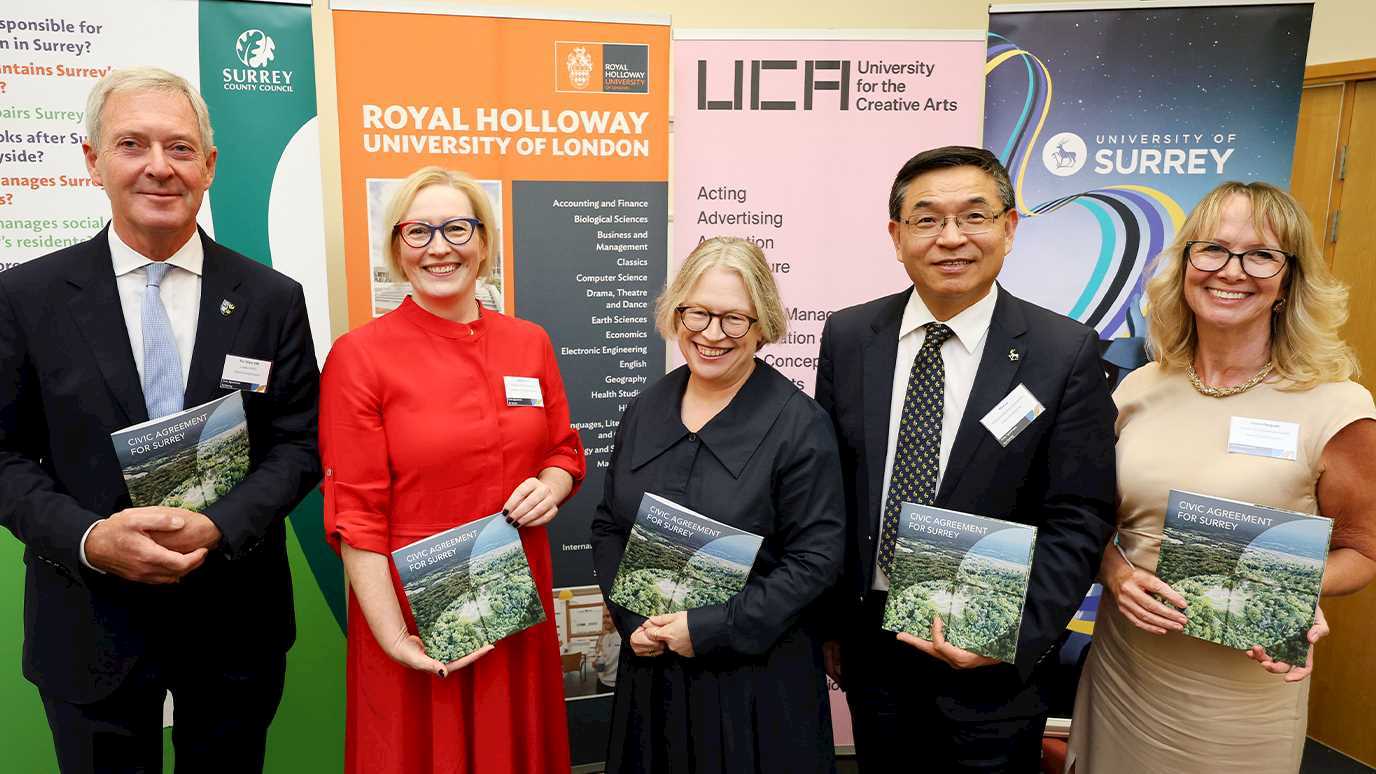A new paper written by academics at Royal Holloway and George Washington University, predicts reliable patterns in violent events occurring within wars and terrorism, regardless of geography, ethnicity and religion.

The paper, Fundamental patterns and predictions of event-size distributions in modern wars and terrorist campaigns, published by PLOS ONE, is by Royal Holloway’s Professor Michael Spagat, independent researcher, Stijn van Weezel and Neil F. Johnson from George Washington University.
The paper examines 273 armed conflicts and 60 terrorist campaigns with the goal of gaining greater understanding of the ways humans fight with each other.
The team can predict with reasonably accuracy the mixtures of events of different sizes, for example, the number of events killing 10 or more people compared to the number of events killing 20 or more people.
The mix of violent events of different sizes looks similar across the full range of modern wars and terrorist campaigns. In fact, it is possible to make good predictions on the distributions of event sizes for wars on one continent based only on event size data taken from another continent.
The ISIS campaign of recent years fits right in the middle of the team’s prediction range.
This research programme began in 2009 with a publication in Nature by Johnson, Spagat and other co-authors.
That paper focused on event-size data from nine modern conflicts where the size of an event, such as a suicide bombing or an air strike, is defined by the number of people killed.
The team for that article found that the size distribution of the violent events within the conflicts they studied all looked alike, at least in terms of their event-size distributions.
Professor Mike Spagat, Royal Holloway, University of London, said: “The success in predicting such fundamental patterns within modern wars and terrorist campaigns suggests there is something about how humans fight with each other that remains stable across all sorts of diverse particulars such as time, geography, ethnicity and religion.
“It would be going too far to say that all modern wars are the same. But the predictability of event-size distributions suggests there are some very strong underlying similarities, and that is remarkable, given the apparently untamed nature of modern conflict.”
























